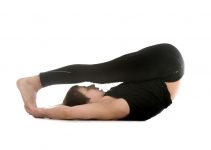
Yoga session is great for relaxing, it has numerous health benefits, can relieve stress, anxiety and so on. All of that is fine but what if I want to burn more calories in my yoga session?
To someone who is desperately looking to lose a few pounds, that is the only question that matters. If you can make certain tweaks here and there, you can double the rate of burning calories with yoga.
The Fact of Losing Calories
Everything you do burns calories, even sitting and standing burns calories. In order to keep your body functioning, you need energy, which is derived by burning calories. So when you do physically demanding tasks you need more energy, and thus your body burns more calories.
Did you know normal standing burns 110 calories per hour and walking burns 210 calories per hour! In comparison, hatha yoga can burn around 300 calories per hour. Whereas push up can burn 420 calories/hour and squats burn 520 calories/hour.
Now if you can cut 500 to 1000 calories per day, you will lose about 0.453 kilograms, or a pound, in a week. This means If every day you can practice regular yoga for an hour, and pace it up with other activities, you will comfortably lose around 600-800 calories per day.
Note: You have to be careful not to intake too many calories. If weight loss is your target, your low-calorie diet will be essential. If at all you intake more calories, you will have to burn it out with an extra workout.
How to Burn More Calories in Yoga?
Yoga is a static session, which is brilliant for flexibility, but losing weight won’t be at its best. So if you are serious about burning your calories, you will have to spice up your yoga routine. You will have to add more pace and more repetitive movements to your flow.
With these tips below, you’ll be applying some alterations to your regular yoga routine to speed the rate of calories burning.
1. Add repetition to your stretches
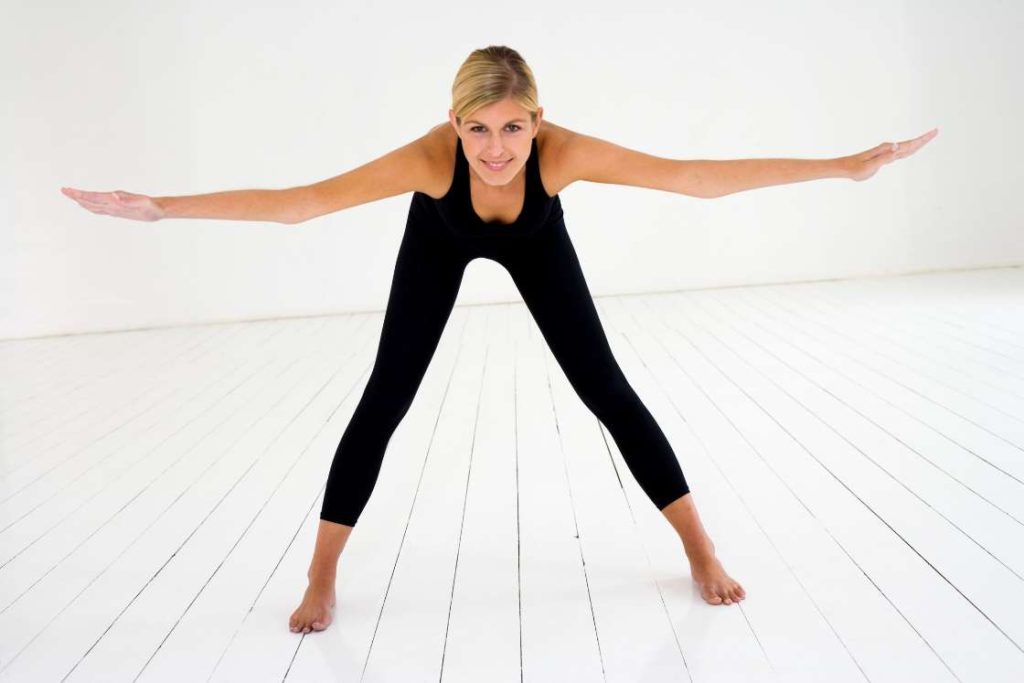
Let’s take the example of forward bend. In forward bend, you are generally needed to bend forward, touch your knees with your nose and your feet with your hands, and hold the pose for 5 breaths.
To make forward bend more friendly for calories burning, Instead of holding your pose, you make the bend a repetitive exercise; where you bend forward, hold for just a couple of seconds and get back up. Then repeat this action back to back about 10 times.
You can use this idea with all forward bend poses, like seated forward bend and wide-legged forward bend. You can even do the same with the cobra pose.
2. Use transition between poses
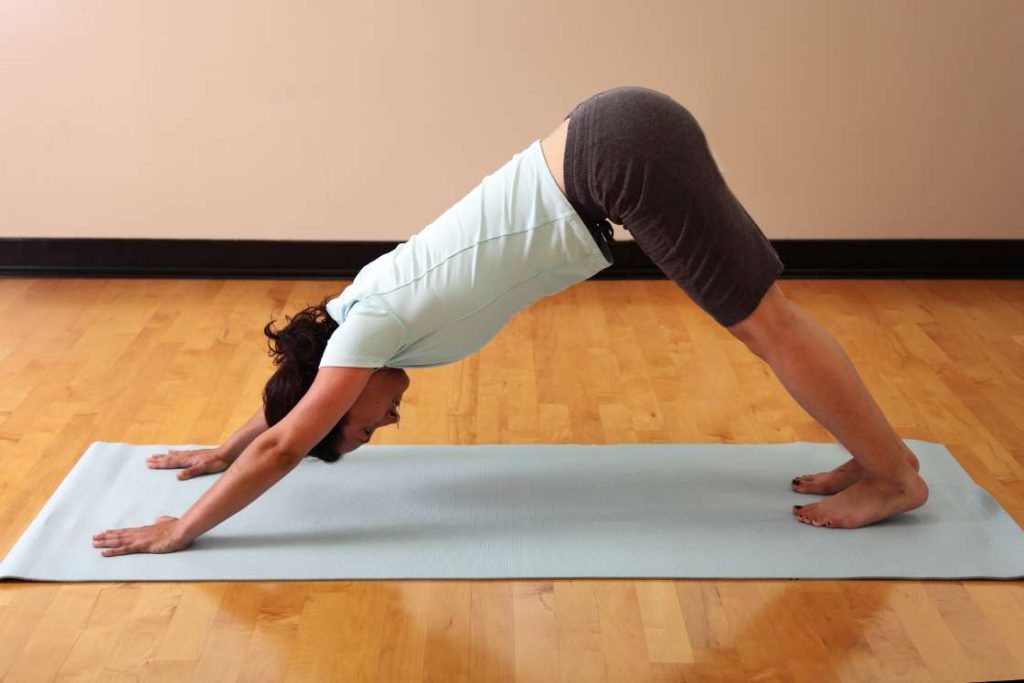
To implement this tip, you will need to sequence your poses accordingly. Line up two poses back-to-back that can be connected naturally with a simple flowing move, aka Vinyasa.
For example, if you’re practicing downward-facing dog pose, follow it up with an upward-facing dog pose. And once again eliminate the hold factor and replace it with repetition.
While in downward facing dog, come forward take a dip, and rise up into upward facing dog, just hold it for a couple of seconds and push back to downward facing dog. Do this back-to-back 10 times, in a single flow.
Another example would be to line different types of plank holds together; for example, the regular plank and dolphin plank.
3. Use restorative poses to relax
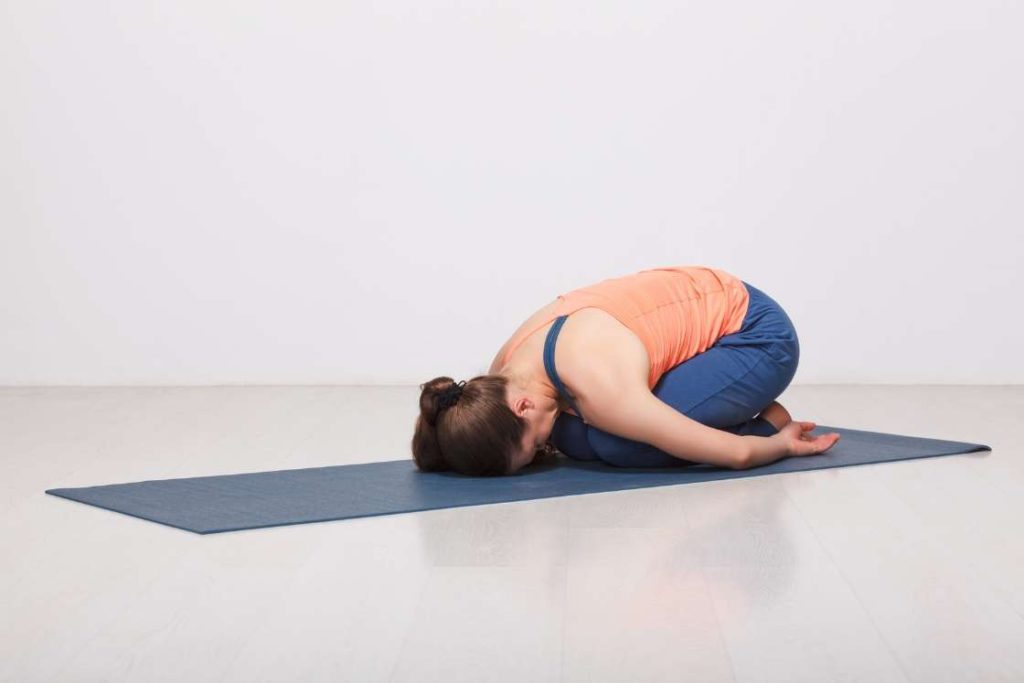
Physically intensive exercises can be quite exhaustive. Thus, most often you will come across exercise routines paced with rest periods. If you need to lose weight, effectively, you will have to utilize these rest periods as well.
During these rest periods get into Vajrasana, Savasana, or Balasana. These poses will help you relax your muscles and nerves, yet help you boost your weight losing metabolic activities.
4. Breathe more during your poses
Your breathing will help you inhale the oxygen needed to burn your fat, and exhale the carbon dioxide. Yoga poses always incorporate systematic breathing, but beginners can often tend to ignore it.
You need to slow down the build-up phase of your pose; break it down into different parts. And accompany these smaller parts of your pose, with appropriate breathing.
You can also take a few deep breaths before and after every pose, or before and after every sequence of poses.
5. Include mass building poses
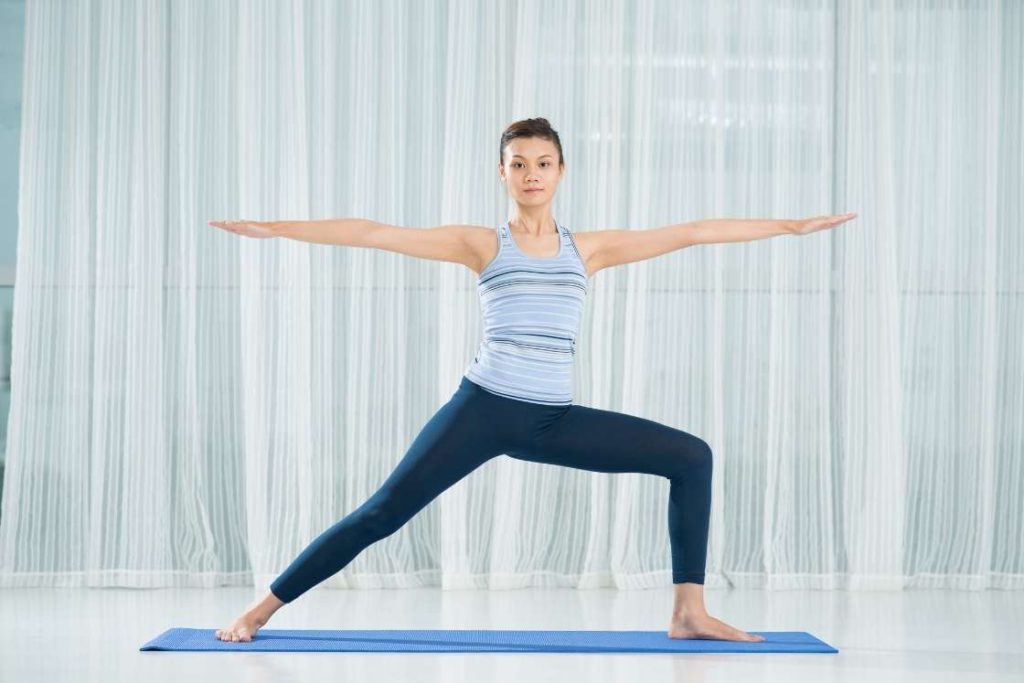
The more muscle you build, your body will need more energy to maintain these muscles. Naturally, to meet the high energy requirement, your body will start burning calories.
Yoga can be equally effective in the mass building. The different warrior poses, plank poses, power yoga poses, tree poses, and the Surya Namaskar sequence, are all excellent in building muscles.
6. Develop the habit of support-free practice
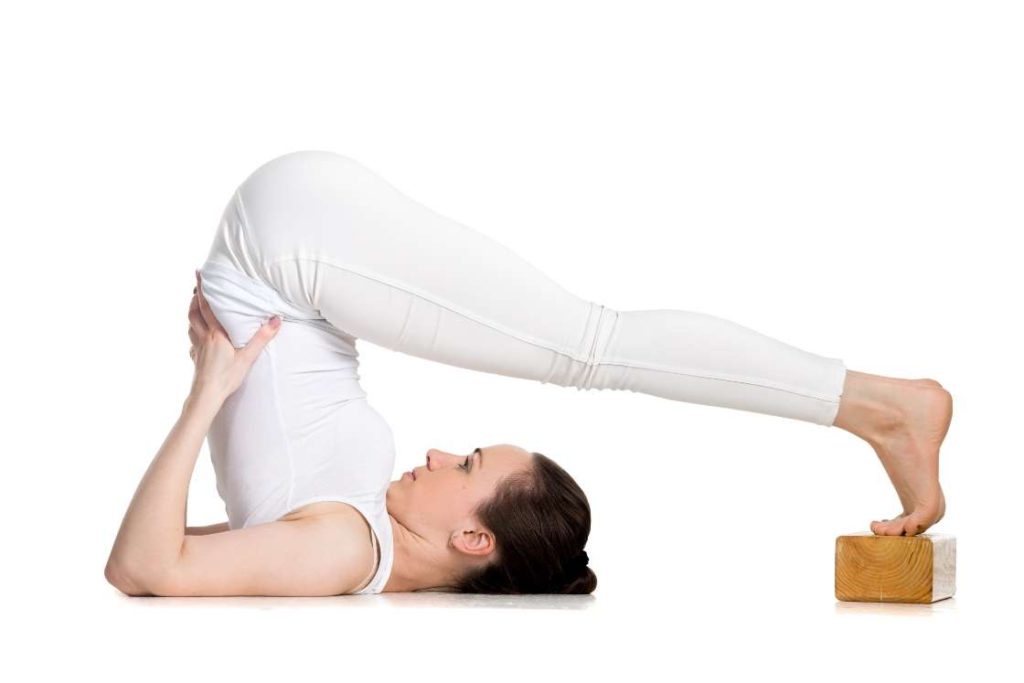
For every style and type of yoga, you will find a whole range of support ideas, aka yoga props. But remember, these support ideas are made keeping in mind the issue of individuals with physical restrictions.
Do not get into the habit of using these supports simply to minimize the effort. The more tension you allow to build up in your body, the more calorie burning will be initiated.
7. Add more intense modifications
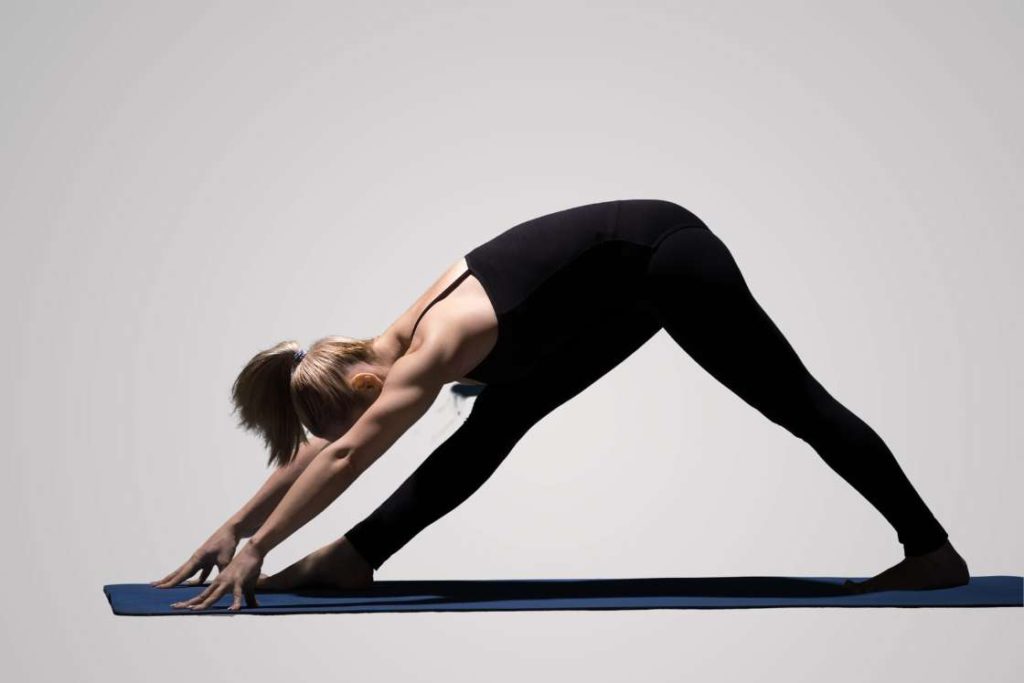
Finally, for each yoga pose, you will have a comfortable number of modified variants that raise the bar on difficulty level. The physically intensive nature of these poses will help you increase the stimulation to Weight loss.
Few good examples are adding a crunching movement to your Cat/Cow pose, pointing your leg, one at a time, straight upward while in the bridge pose hold, Adding a spinal twist in squat and in downward facing dog, and much more.
How do these alterations help burn more calories?
The main purpose of all alterations will be to in simplest terms, tire you more. Any exercise that requires you to breathe more rapidly is going to burn more calories.
Your fat molecules are made of carbon, hydrogen, and oxygen. And these fat molecules are stored on your fat cells. Now when you exercise, it triggers metabolic activities in your body.
These metabolic activities bring out the fat molecules from the fat cells. The metabolic activities then trigger a series of biochemical processes between the fat molecules and oxygen molecules.
And finally, the fat molecules and oxygen molecules are converted into Carbon dioxide and water molecules, alongwith some additional energy. This energy is what’s needed by our body, for multiple purposes. The carbon dioxide is exhaled out and the water is excreted.
So the entire weight of fat you lose is in reality not lost, but converted into another form. To be more precise your entire weight of fat is converted to 84% Carbon dioxide and 16% water. When you are losing 15 Kilogrammes of fat, you exhale 12.6 kg of carbon dioxide and excrete 2.4 kg of water.
So when you do static exercises they don’t really have you breathing in a lot of oxygen. Neither do they push out the fat molecules out of the fat cells. As a result the necessary degree of biochemical processes do not take place.
However, when you are practicing fast paced exercises, you are breathing in a lot of oxygen and triggering the fat molecules to leave the fat cells. Eventually the biochemical processes initiate the conversion.
The bottom line is, your static exercises are good for building flexibility, but when you want to lose weight you need to start moving.
